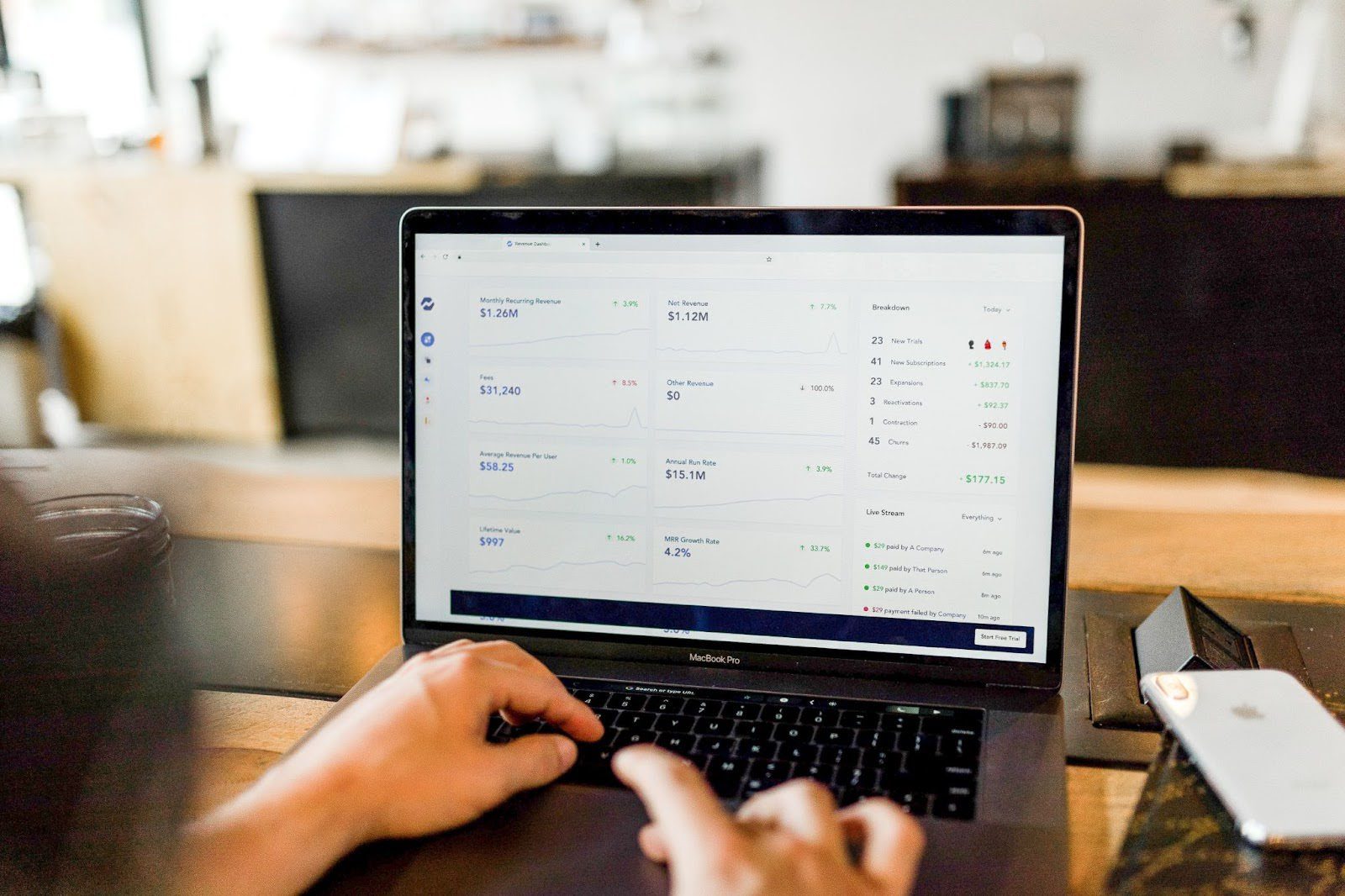Understanding the Mechanics of Forex CFD Trading

In the fast-paced world of financial markets, Forex CFD trading has emerged as a popular avenue for investors seeking exposure to global currencies. Understanding the intricacies of this trading mechanism is crucial for anyone looking to venture into the dynamic realm of foreign exchange. This article aims to provide a comprehensive overview of the mechanics behind Forex CFD trading, delving into its definition, workings, advantages, risks, strategies, and practical tips for success.
What is Forex CFD Trading?
Forex, short for foreign exchange, refers to the decentralised global marketplace where currencies are traded. It operates 24 hours a day, five days a week, and involves the buying and selling of currency pairs.
CFDs allow traders to speculate on the price movements of various assets without owning the underlying asset. In Forex CFD trading, investors enter into contracts to exchange the difference in the value of a currency pair from the time the contract is opened to when it is closed.
While traditional Forex trading involves the physical exchange of currencies, Forex CFD trading enables traders to profit from price fluctuations without owning the currencies outright. CFD trading also offers the opportunity to utilise leverage, allowing traders to amplify their exposure to the market.
How Forex CFD Trading Works
In Forex CFD trading, traders speculate on the direction in which currency pairs will move. They can go long (buy) if they anticipate a rise in value or go short (sell) if they predict a decline. Profits or losses are determined by the difference in the exchange rate between the opening and closing of the trade.
Leverage allows traders to control a larger position with a relatively small amount of capital. Margin, on the other hand, is the amount of money required to open and maintain a leveraged position. While leverage can amplify profits, it also increases the risk of losses, making risk management essential.
In Forex CFD trading, currency pairs are quoted with bid and ask prices. The bid price represents the price at which traders can sell the base currency, while the ask price indicates the price at which they can buy it. The difference between the bid and ask prices is known as the spread.
Advantages of Forex CFD Trading
Forex CFD trading is accessible to a wide range of traders, including retail investors, due to its online nature and low barriers to entry. It offers flexibility in terms of trading hours and allows traders to participate in global markets from anywhere in the world.
One of the key advantages of Forex CFD trading is the ability to trade on margin, which enables traders to amplify their potential profits. However, it’s essential to use leverage cautiously and be aware of the associated risks. Forex CFD trading provides access to a diverse range of currency pairs, including major, minor, and exotic pairs. Additionally, traders can also speculate on other asset classes, such as stocks, commodities, and indices, through CFDs.
Forex CFD trading allows traders to hedge against currency risk by taking opposite positions in correlated currency pairs or other assets. This helps mitigate potential losses resulting from adverse currency movements. Compared to traditional Forex trading, Forex CFD trading often involves lower transaction costs, such as spreads and commissions. This can result in more cost-effective trading for traders, especially those who engage in high-frequency trading.
Risks Associated with Forex CFD Trading
The Forex market is known for its high volatility, which can lead to rapid price fluctuations and increased risk of losses. Traders must be prepared to manage volatility effectively through risk management strategies. This can be done by keeping a close eye on the economic calendar and national economic events. If you are interested in trading currency pairs involving the USD, explore how to trade the NFP to get started.
While leverage can amplify profits, it also magnifies losses. Traders who use excessive leverage may face margin calls or even lose more than their initial investment. It’s crucial to use leverage judiciously and avoid overexposure.
Forex CFD trading involves trading with brokers, which exposes traders to counterparty risks. In the event of broker insolvency or default, traders may face challenges in accessing their funds or executing trades.
Strategies for Forex CFD Trading
Day trading involves opening and closing positions within the same trading day to capitalise on short-term price movements. Popular day trading strategies in Forex CFD trading include scalping, momentum trading, and range trading.
Swing trading aims to capture medium-term trends in the market by holding positions for several days to weeks. Swing traders use technical analysis, chart patterns, and trend-following indicators to identify entry and exit points.
Position trading involves taking long-term positions based on fundamental analysis and macroeconomic trends. Position traders typically hold trades for weeks, months, or even years, aiming to profit from significant market trends.
Conclusion
Forex CFD trading offers a lucrative opportunity for traders to profit from the global currency markets, but it also comes with inherent risks and challenges. By understanding the mechanics of Forex CFD trading, including how it works, its advantages, risks, strategies, and factors influencing the market, traders can navigate the complexities of the Forex market more effectively. By choosing reputable brokers, practising sound risk management, and continuously honing their trading skills, traders can increase their chances of success and achieve their financial goals in the exciting world of Forex CFD trading.





